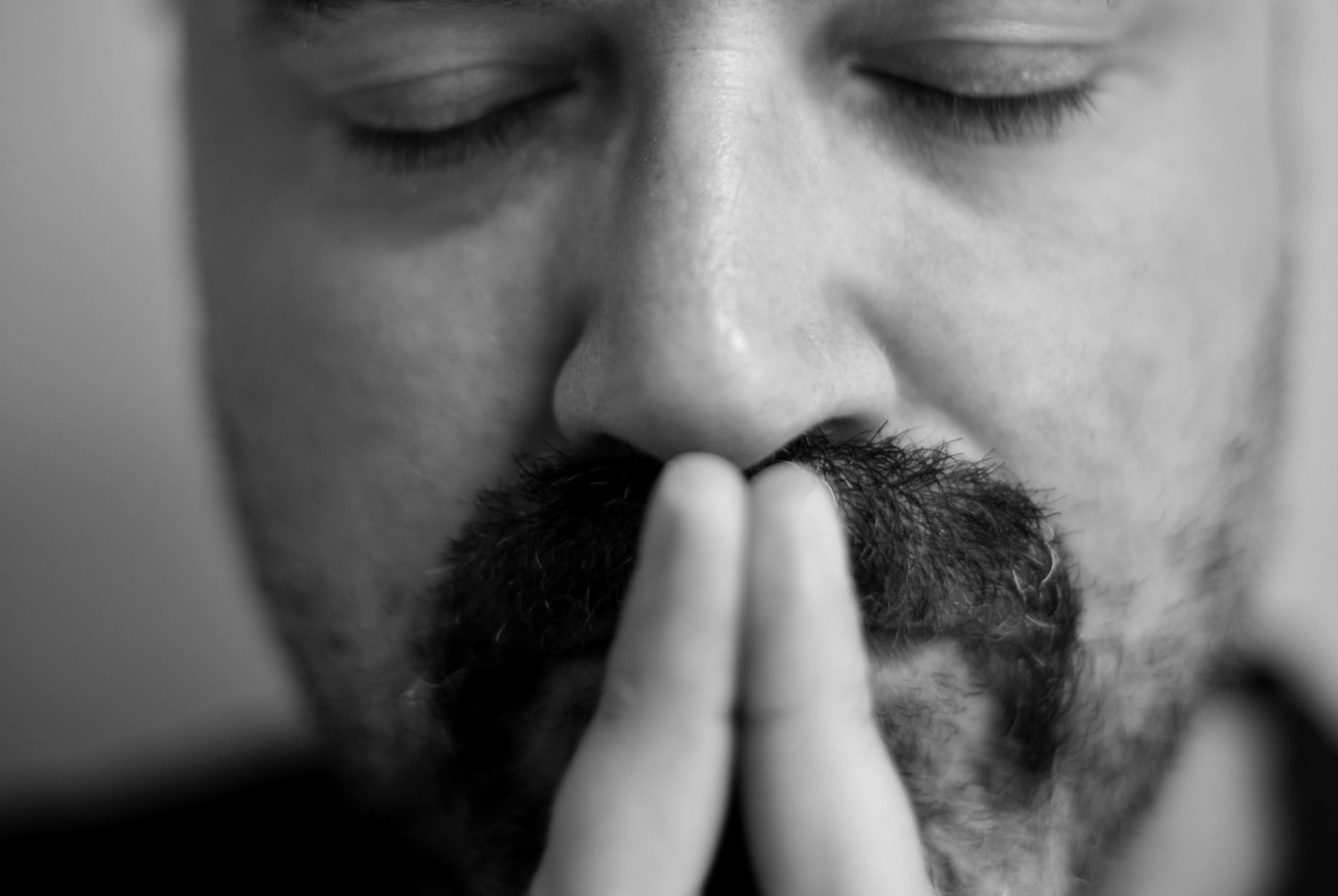Gratitude
By: Other | October 28, 2016

Written by Asal Azizi, Psy.D.
As the month of October comes to a close, and we look ahead to November, tis the season for gratitude. The upcoming holiday season, and especially Thanksgiving, reminds us of the importance of expressing what we are most grateful for in our lives. Throughout the season, in the news, we read and hear about feel-good stories of how our society expresses and demonstrates gratitude. Individuals will use social media to share “30 days of gratitude” posts. As positive and influential as this can be, what if we practiced gratitude in more simple and smaller doses, throughout the year, and in our daily lives?
What is Gratitude?
The dictionary defines gratitude as a feeling of appreciation or thanks, and the state of being grateful. Researchers and authors have added to the definition by including that gratitude is appreciation of what is valuable and meaningful to us, such as being thankful for experiences (e.g., being alive, being in touch with nature, time spent with loved ones). Further, it is a focus on what one already has, versus what one wants. By looking at gratitude in this more inclusive way, it is safe to predict that practicing gratitude can lead to increased optimism, increased life satisfaction, and general improvement in mental health. As a therapist, I often have clients dealing with multiple negative stressors and difficulties at one period of time, and in each direction they look, something bad is happening in their lives. This can lead to anxiety over “what’s next?” and feelings of depression or hopelessness; or a general belief that they are cursed. It becomes apparent that they could use a healthy dose of practicing gratitude.
How to Practice Gratitude
Making gratitude a regular practice in one’s life does not need to be complicated. Here are a few simple techniques to try:
Daily Gratitude Journal
- Keep a small notebook near your bedside table, at your office desk or in your car
- Find 5 minutes to reflect on the day, e.g., at bedtime or before heading home from work
- Write down 3 things that you felt grateful for or what went well for you that day
- Elaborate on the details, e.g., “I am grateful for my coworker who covered for me at the meeting so I could go home early to pick up my sick child.” Vs. “I appreciate my coworkers”.
- If you do not have time for daily journal, keep a weekly journal and list 5 things instead
Get the Kids Involved
- Choose a time, daily or weekly, when they family is all together without distractions, e.g., at the dinner table, or on a car ride
- Have each member go around and share one thing they are grateful for that happened at work or school that day/week
- Make it personal and have the gratitude be about another family member, e.g., “I really appreciated when dad helped me review for my math test before he left for work this morning.”
- Create a “money jar” and have a family member drop some change into a container each time they appreciate something they experienced or something someone did for them. At the end of the week, use that money to go out for ice cream.
Write a Letter
- Draft a letter of thanks to someone who did something for you, even if it happened a long time ago
- Describe in detail what their act meant to you then and what it means to you now
- Go and hand deliver it to them, or put it in the mail at a random time; don’t wait until the holidays or their birthday
Hopefully, this has demonstrated to you how easy and quick it can be to practice gratitude on a regular basis. By making it fun and doing it as a routine, you will see how quickly it can turn into a good habit that’s hard to break.
Image: Viewminder on flickr and reproduced under Creative Commons 2.0



